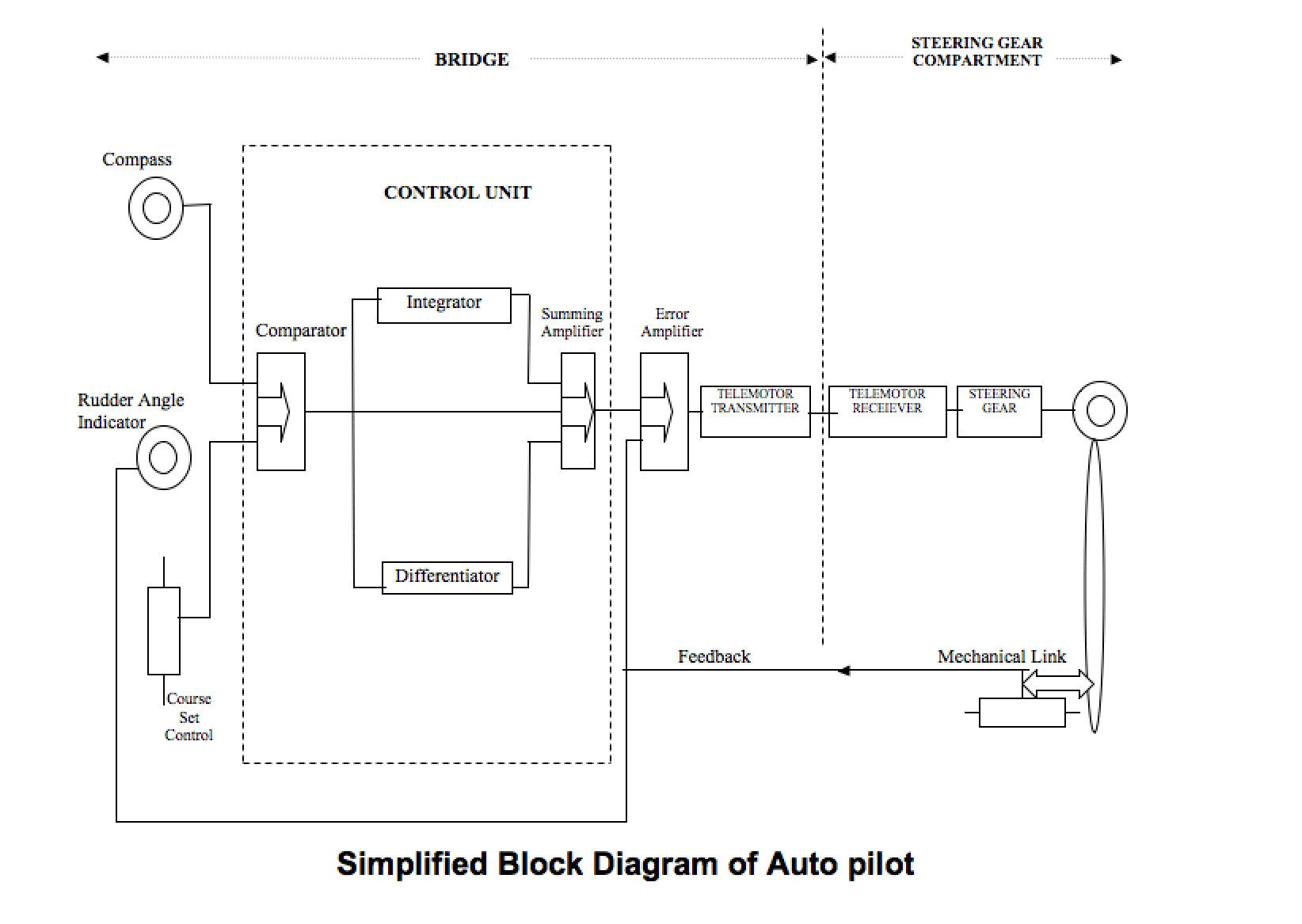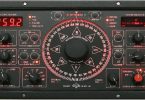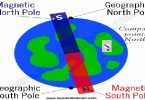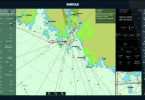- This instrument is not to replace the helmsman.
- It is not to be used in restricted waters or during manoeuvring.
- Not to be used for large alterations of more than 15-20
- Autopilot will operate efficiently over a certain speed (approx. > 5 knots), below which it will start to wander.
- Autopilot is normally used when ship has to steer same course for long period of time.

What is the working principle of the autopilot system?
An output from a gyro or magnetic repeating compass is coupled to a differential amplifier along with a signal derived from manual course-setting control. If no difference exists between the two signals, no output will be produced by the amplifier and no movement of the rudder occurs. When a difference is detected between the two sources of data, an output error signal, proportional in magnitude to the size of the difference, is applied to the heading error amplifier. Output of this amplifier is coupled to the rudder actuator circuit, which causes the rudder to move in the direction determined by the sign of the output voltage. The error signal between compass and selected course inputs produces an output voltage from the differential amplifier that is proportional to the off-course error. This type of control, therefore, is termed ‘proportional’ control. As it has been shown, the use of proportional control only, causes the vessel to oscillate either side of its intended course due to inertia producing overshooting.





